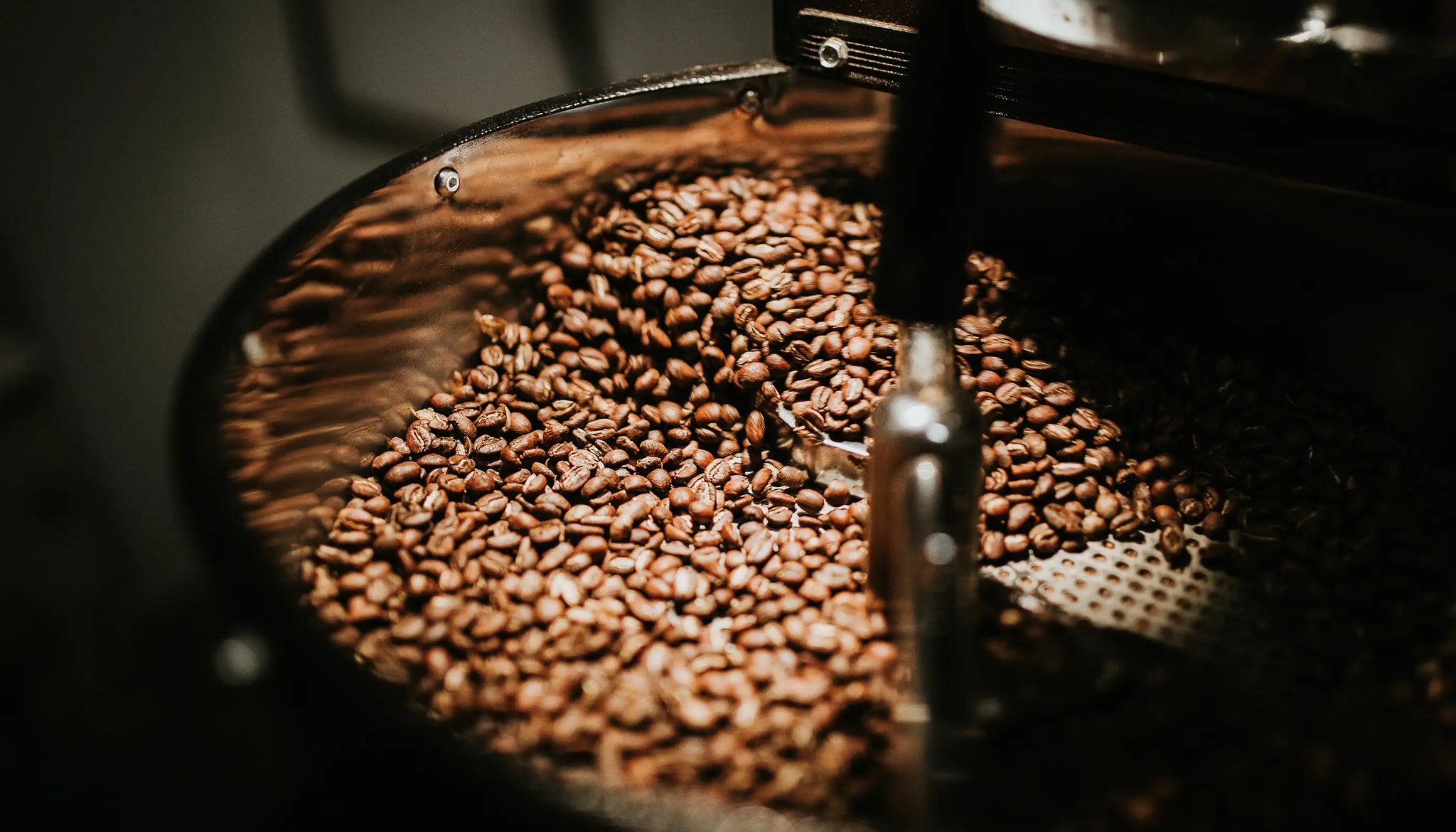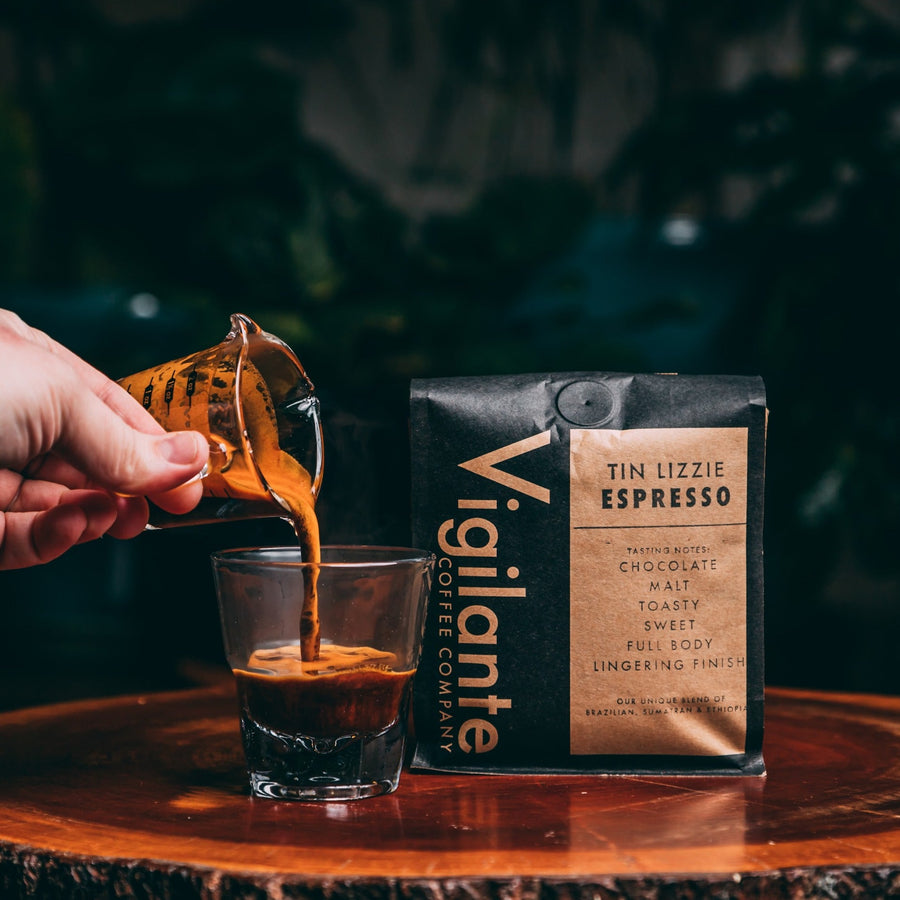The Rising Popularity of Choosing SOE Single Origin Espresso at Home
The Rising Popularity of Choosing SOE Single Origin Espresso at Home
Blog Article
Understanding Coffee Beans: the Trip From Coffee to Blended Coffee Beans

The Origins of Coffee: A Global Viewpoint
While you could consider coffee as a contemporary staple, its origins map back centuries, linking with cultures across the world. The tale begins in Ethiopia, where legend states a goat herdsman named Kaldi uncovered the invigorating effects of coffee beans after observing his goats frolicking energetically after consuming them. This triggered rate of interest, resulting in coffee's spread to Arab traders that cherished the made beverage. By the 15th century, it reached Persia, Egypt, and Turkey, where coffee shops ended up being social centers for conversation and culture.
As profession paths increased, coffee made its method to Europe in the 17th century, swiftly acquiring appeal. It changed from a mystical drink into a daily ritual, inspiring celebrations and intellectual exchanges. Each culture included its one-of-a-kind spin to coffee preparation, enhancing its background. This worldwide journey highlights how coffee attaches us, transcending boundaries and joining varied practices with a basic bean.
Growing and Harvesting of Coffee Beans
As coffee's trip advanced, the focus shifted to the growing and harvesting of particular bean varieties, particularly those utilized for espresso. You'll discover that espresso beans usually come from Arabica or Robusta plants, each offering unique flavors. The perfect growing problems include high elevations and abundant, well-drained soil, which enhance the beans' top quality.
During the harvest, picking methods differ. Timing is vital; you desire to gather when the cherries reach peak perfection for maximum taste.
Once collected, the beans are prepared for processing, which is important in determining their last taste. Understanding the growing and collecting procedures provides you understanding right into what enters into your favored espresso, enhancing your admiration for each and every mug.
Handling Methods: From Cherry to Bean
Since you've discovered gathering espresso beans, allow's check out exactly how those cherries transform right into the coffee beans you enjoy. You'll see exactly how various harvesting methods impact flavor, followed by the essential steps of fermentation and drying. We'll break down the milling and grading process that establishes your coffee's top quality.
Collecting Techniques Described
When it comes to coffee, comprehending harvesting techniques is necessary, because they straight influence the taste and quality of the beans you enjoy. Selective picking involves hand-picking only ripe cherries, ensuring you get the best quality beans. Ultimately, the selection of collecting strategy can greatly influence your coffee experience, so it's worth knowing exactly how those beans made it to your mug.
Fermentation and Drying Out
After harvesting, the next steps in handling coffee beans play a significant role in shaping their taste. You'll discover that fermentation is important, as it helps break down the mucilage bordering the beans, improving their taste account. Relying on the technique, this process can last from a few hours to several days, with varying results based on temperature and humidity.
Sun-drying allows the beans to absorb tastes from the environment, while mechanical drying out assurances consistent wetness degrees regardless of climate. Appropriate drying out is necessary to prevent mold and mildew and maintain the beans' high quality, inevitably influencing your cup of coffee.
Milling and Grading Refine
As fermentation and drying out set the phase for taste advancement, the milling and grading process guarantees that only the best coffee beans make it to your cup. This stage includes eliminating the outer layers of the coffee cherry, including the parchment and husk. Premium beans obtain a greater quality, resulting in a richer coffee experience.
Toasting Methods: Unlocking Flavor Possible
When you roast coffee beans, the approach you pick can considerably affect the taste account. Understanding the relationship between time, temperature, and toasting techniques is crucial to exposing the possibility of your brew. Let's check out just how these elements integrated to create the perfect mug.
Toasting Approaches Described
While you could think that all coffee roasting approaches yield the very same outcomes, the truth is that each method discloses unique flavor potentials in the beans. Drum toasting uses a revolving drum to uniformly disperse warmth, improving caramelization and generating a balanced flavor. Air roasting, on the other hand, flows hot air around the beans, advertising a lighter roast with obvious level of acidity.

Influence On Flavor Account
Various roasting techniques not just affect the procedure however also substantially impact the taste profile of the coffee beans. When you pick a light roast, you'll experience intense acidity and flower notes, showcasing the bean's beginning. In comparison, a tool roast equilibriums acidity with sweet taste, frequently exposing chocolatey touches. Dark roasts, on the other hand, bring out bold, great smoky tastes, in some cases covering up the bean's special features. Each technique reveals various oils and substances, bring about a large range of flavors. By exploring with different toasting designs, you can find which accounts reverberate with your taste buds. Understanding these nuances aids you appreciate the creativity behind your cup of coffee, improving your overall experience with every sip.
Time and Temperature Aspects
To release the complete taste potential of coffee beans, both time and temperature level throughout the roasting procedure play substantial roles. When toasting, you'll discover that greater temperatures can swiftly develop tastes, yet if you rush it, you may wind up with burnt notes. On the other hand, lower temperature levels permit for a much more steady taste growth, showcasing the beans' unique attributes.

Timing is equally as crucial; extending the roast as well long can result in a loss of level of acidity and illumination, while also short a roast might leave the beans underdeveloped. Discovering that wonderful spot calls for method and testing. By readjusting these variables, you can expose the rich, complicated tastes hidden within each bean, producing a really impressive coffee experience.
The Art of Mixing: Crafting Special Coffee Accounts

Beginning by choosing a base coffee that provides a solid structure. A bright Ethiopian bean can bring fruitiness, while an abundant Brazilian coffee adds body.
As you mix, maintain in mind that each combination informs a story. You're not just making coffee; you're developing an experience. Take This Site your time, preference often, and delight in the journey of finding your trademark mix - Single Origin Espresso.
Brewing Techniques: Exactly How Prep Work Affects Flavor
Mixing coffee opens a domain name of flavor opportunities, yet just how you brew that blend can considerably affect your final mug. Different developing methods draw out unique flavors and scents, so it's crucial to choose intelligently. For circumstances, a French press allows oils and debris to continue to be, creating an abundant, robust experience. On the other hand, a pour-over highlights the coffee's quality and brightness, excellent for showcasing delicate notes.
Espresso, with its high pressure, creates a concentrated shot that accentuates sweetness and crema. If you like a lighter mixture, consider a cool mixture approach; it produces a smooth, less acidic taste.
Readjusting variables like water temperature, grind dimension, and brew time can transform your coffee's account. Welcome the art of developing to discover the flavors concealed in your coffee blends.
The Future of Coffee: Sustainability and Innovation
As the coffee sector advances, sustainability and technology are coming to be important for dealing with environmental challenges and conference customer demands. You'll discover that even more coffee companies are embracing eco-friendly methods, from sourcing beans ethically to applying sustainable farming strategies. These changes not only aid the world but also boost the high quality of the coffee you enjoy.
You might see advancements like eco-friendly product packaging and water-saving brewing techniques that decrease waste. Advanced innovation, such as blockchain, is also becoming popular, making certain transparency in the supply chain, which enables you to trace your coffee back to its beginnings.
In enhancement, spending in neighborhood communities and supporting farmers via reasonable profession campaigns promotes a more lasting coffee environment. As you sip your following cup, keep in mind that your options can add to a brighter future for coffee. By opting for sustainable brand names, you're not just taking pleasure in a drink; you're making a favorable effect on the world.
Often Asked Concerns
What Is the Distinction In Between Arabica and Robusta Beans?
Arabica beans are smoother, sweeter, and have a greater acidity, while robusta beans are more powerful, a lot more bitter, and consist of more caffeine. You'll see these differences in flavor and fragrance when making your coffee.
Just How Does Elevation Affect Coffee Bean Taste?
Altitude effects coffee bean flavor significantly. Higher altitudes create beans with brighter level of acidity and complicated flavors, while reduced elevations typically yield beans that are heavier and much less nuanced. You'll observe these differences in your mug!
What Are the Health And Wellness Advantages of Drinking Coffee?
Consuming alcohol coffee can boost your power, improve mental focus, and also enhance physical performance. It's rich in anti-oxidants, may reduce the risk of particular conditions, and can promote a much healthier metabolic rate when consumed in small amounts.
Can Coffee Beans Be Recycled for Brewing?
Yes, you can reuse coffee beans for brewing, however the taste could be weak. If you take pleasure in experimenting, try reusing them in different ways, like chilly brews or including to smoothie mixes for an extra kick.
How Should I Store Coffee Beans for Quality?
To maintain your coffee beans fresh, keep them in an airtight container in an awesome, dark location. Prevent exposing them to warm, dampness, or light, as these factors can promptly degrade their flavor and scent.
Recognizing Coffee Beans: the Trip From Espresso to Blended Coffee Beans.
Now that you've learned regarding gathering coffee beans, allow's discover how those cherries change this content into the coffee beans you love.When you roast coffee beans, the approach you pick can considerably impact the flavor profile - Single Origin Espresso.While you may think see page that all coffee toasting techniques generate the exact same results, the reality is that each technique discloses special taste possibilities in the beans.Different toasting techniques not only influence the procedure but also significantly affect the flavor account of the coffee beans
Report this page